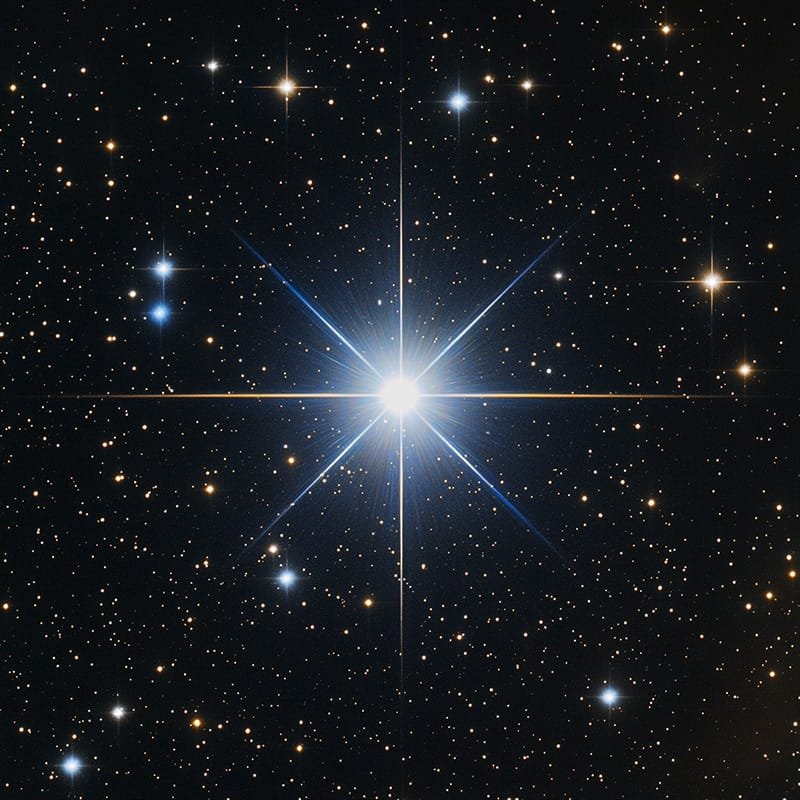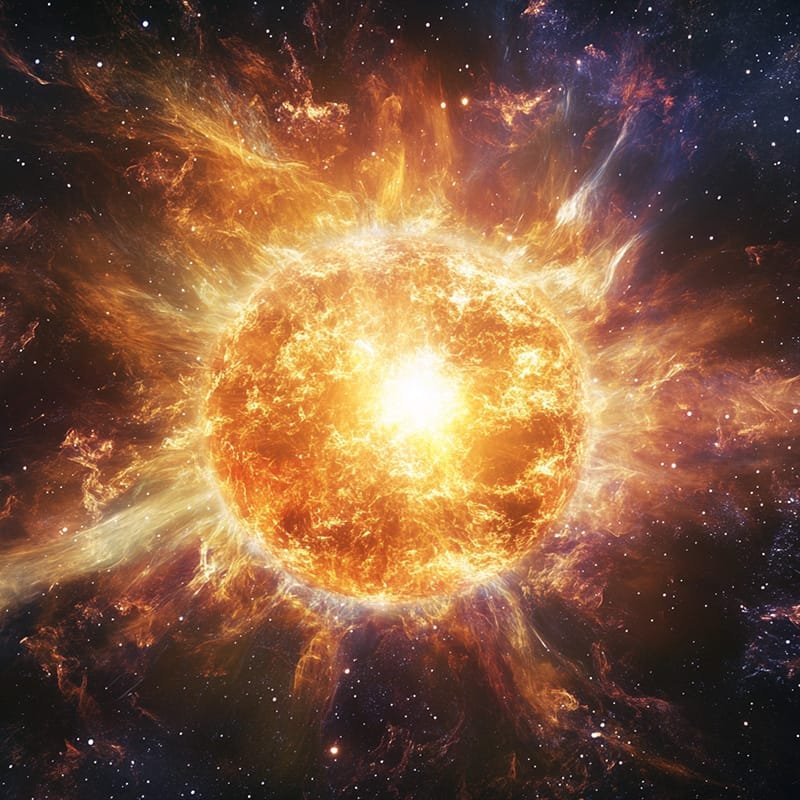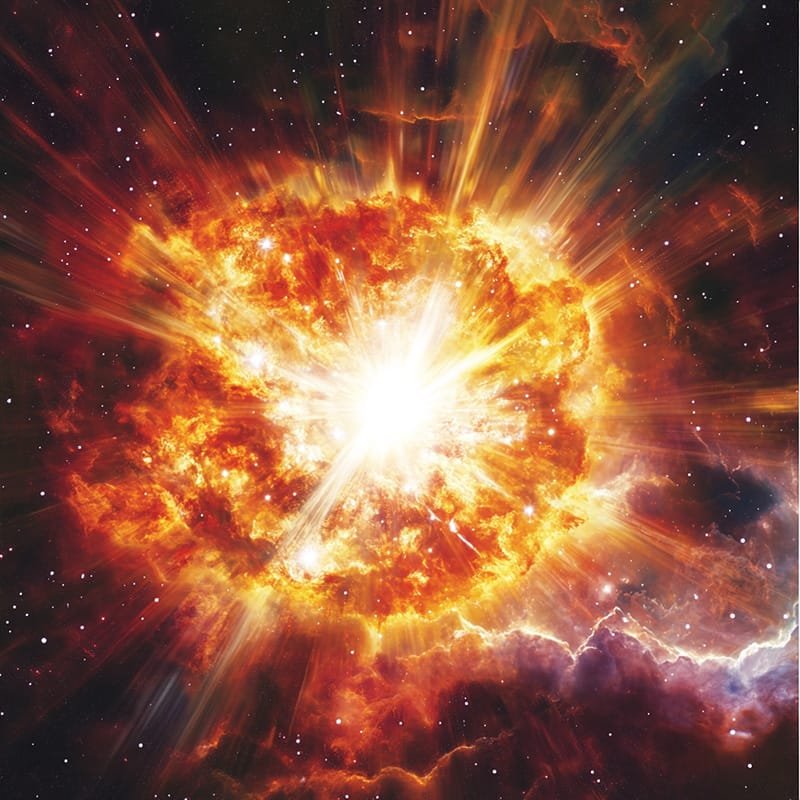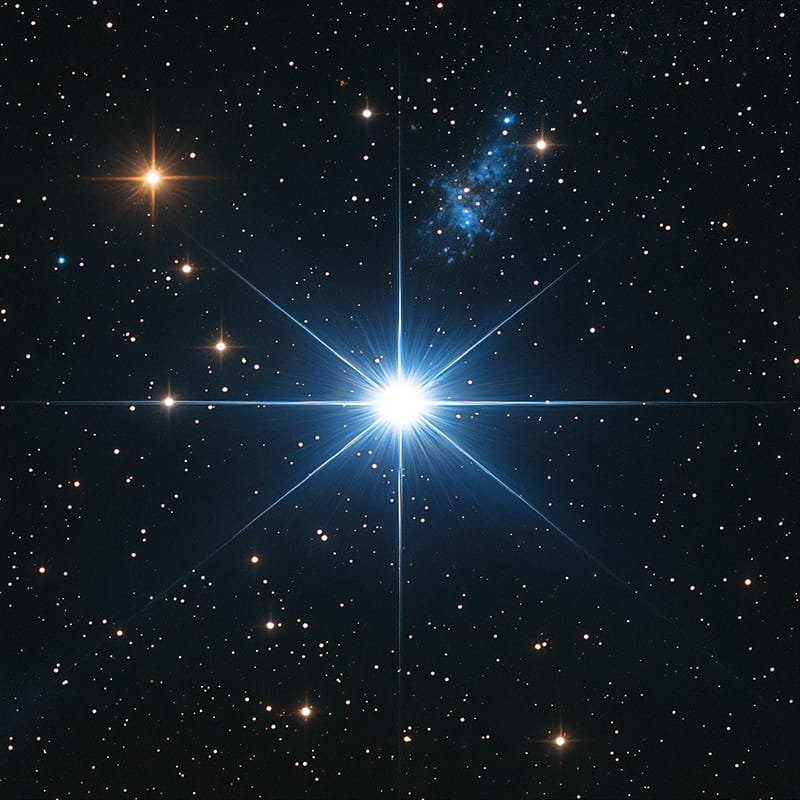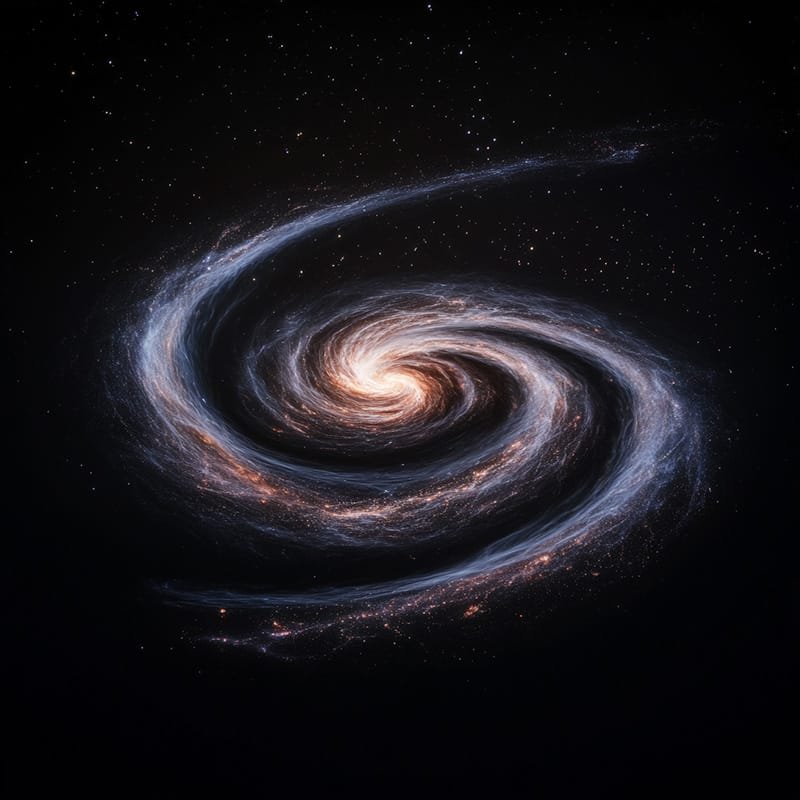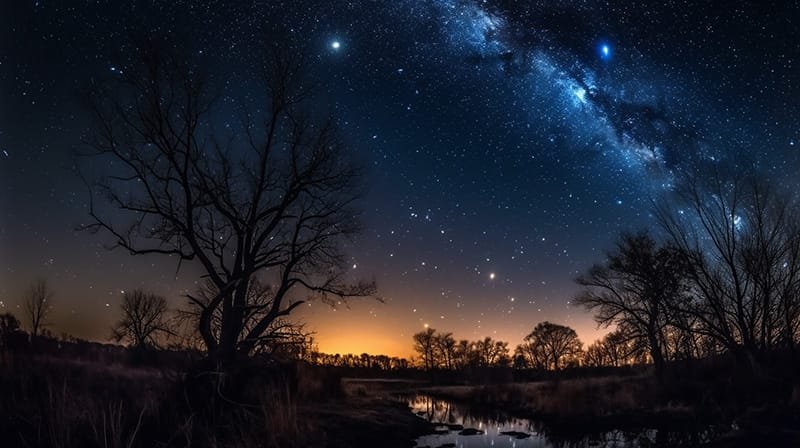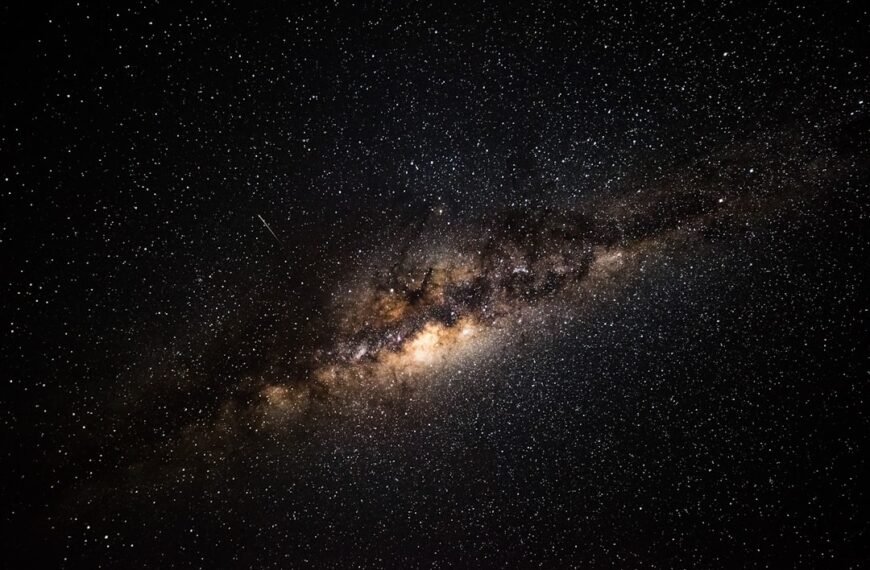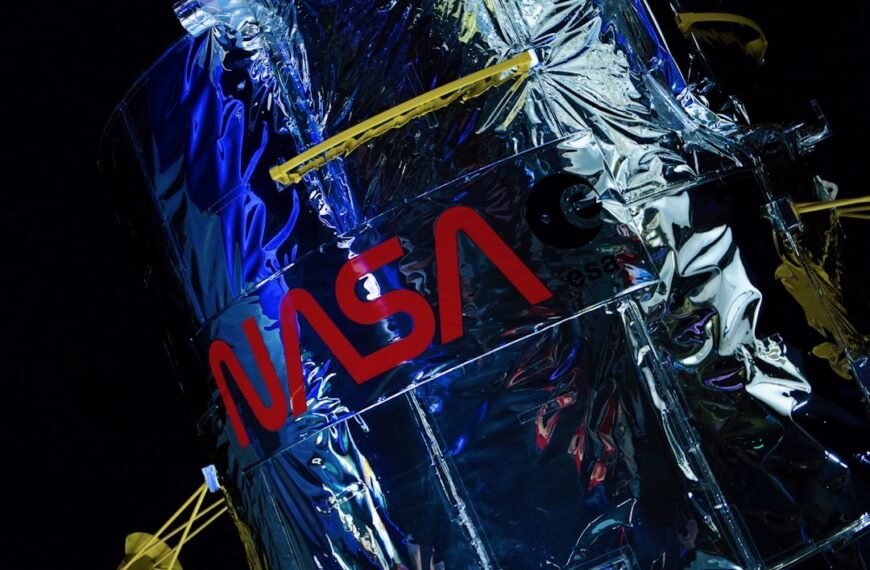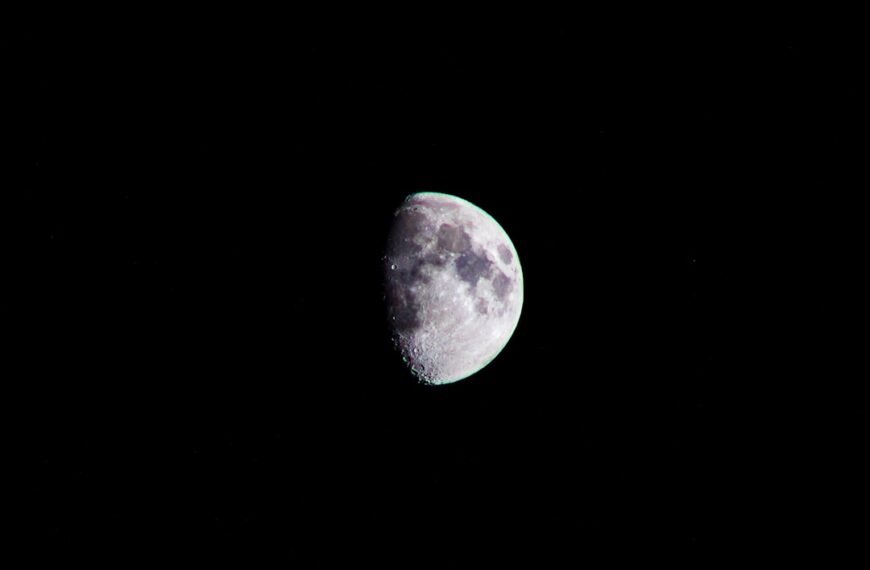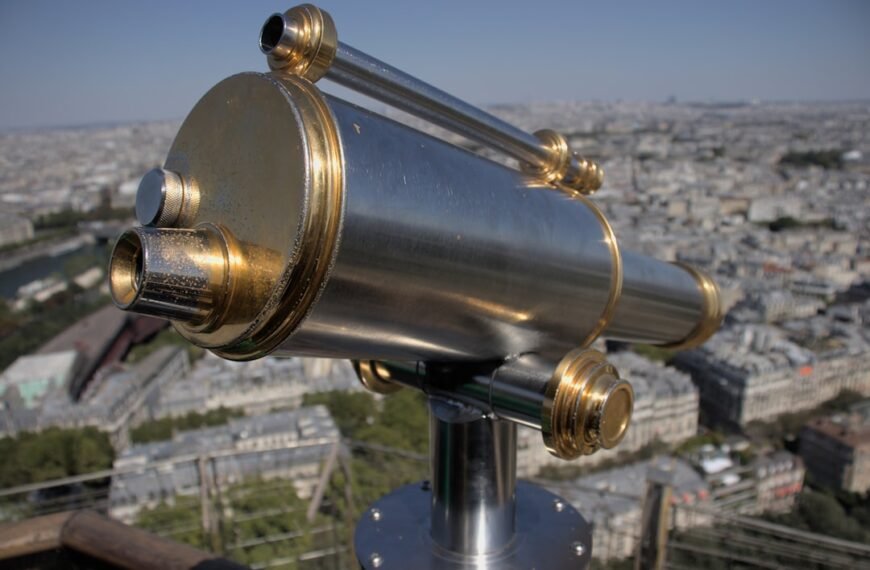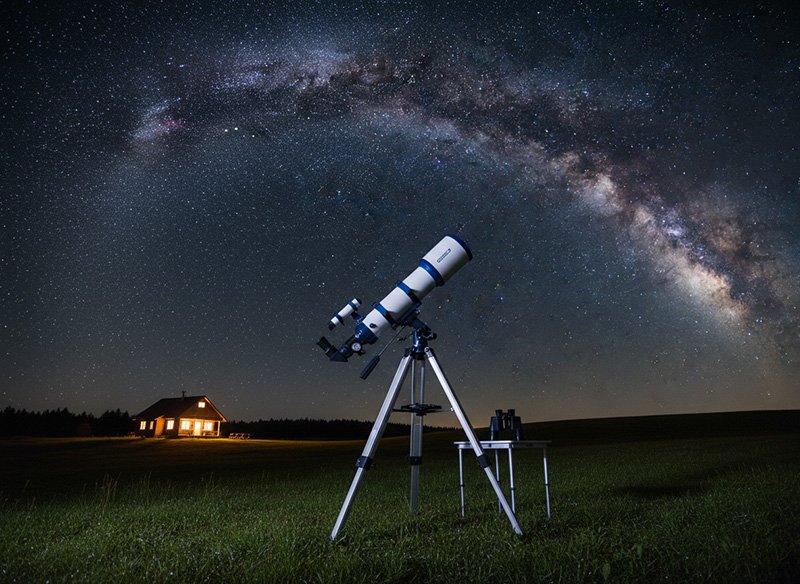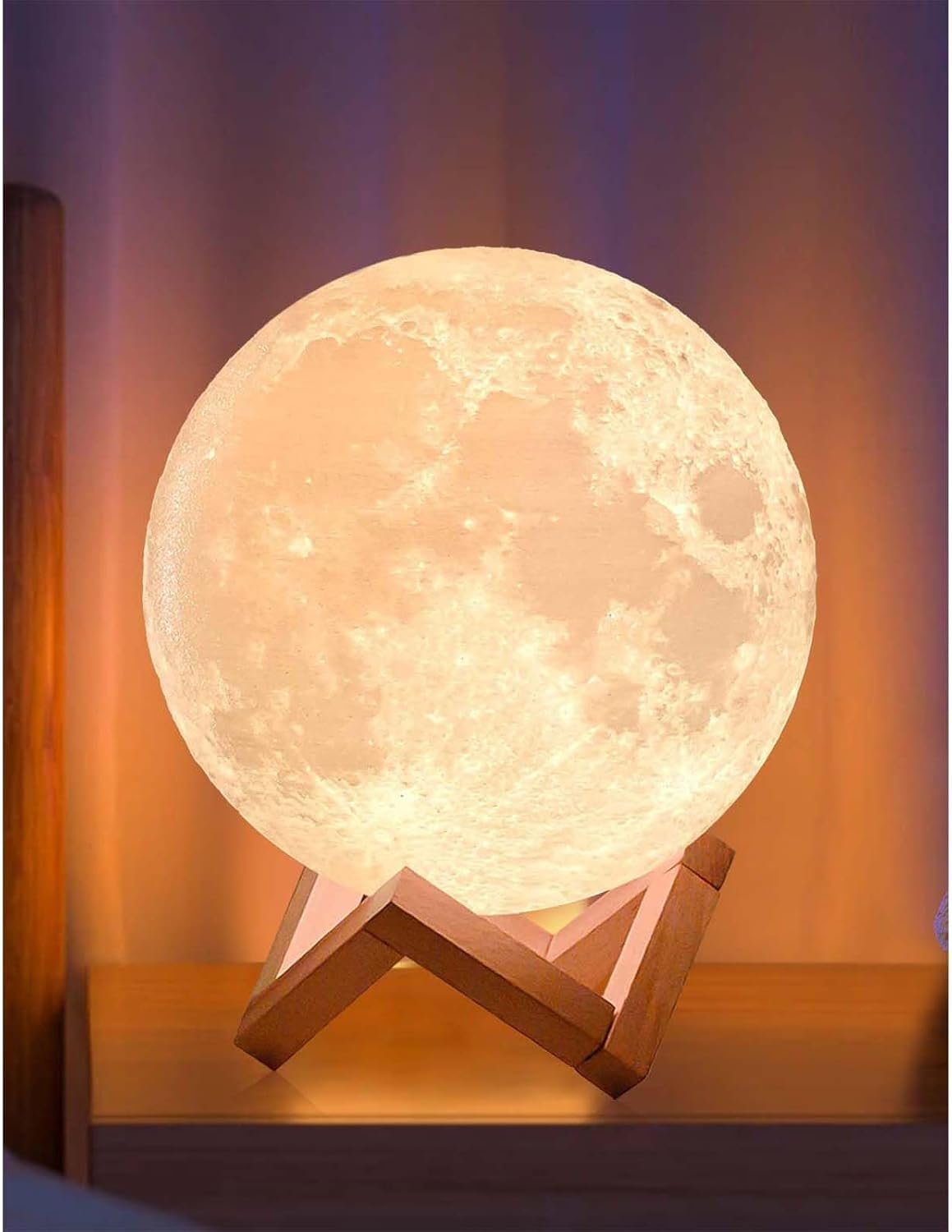Discover the brightest star in the universe! Explore the roles of apparent and absolute magnitudes, and learn about hypergiants. Click now!
Key Takeaways
- The brightest known star in the universe can be determined by understanding both apparent and absolute magnitudes.
- Supergiants and hypergiants are among the most luminous traditional stars.
- Recent discoveries, including quasars, challenge our understanding of brightness.
- The definition of “star” plays a significant role in identifying the brightest object.
Understanding Magnitude
To determine what is the brightest star in the universe, we must first understand two key concepts: apparent magnitude and absolute magnitude.
Apparent Magnitude
Apparent magnitude refers to how bright a star appears from Earth. This measurement does not consider the distance of the star from our planet and is influenced by several factors:
- Intrinsic Brightness: The actual brightness of the star.
- Distance from Earth: The farther away a star is, the dimmer it appears.
- Interstellar Material: Dust and gas between us and the star can absorb or scatter light.
The scale for apparent magnitude is logarithmic. A difference of 1 magnitude corresponds to a brightness difference of about 2.512 times. In this scale, lower numbers mean brighter stars, while higher numbers signify dimmer stars.
Absolute Magnitude
In contrast, absolute magnitude measures a star’s intrinsic brightness. It determines how bright a star would appear if it were 10 parsecs (approximately 32.6 light-years) from Earth. This allows astronomers to compare the true brightness of stars without the distortion caused by distance.
Like apparent magnitude, absolute magnitude is also logarithmic, maintaining the same brightness difference ratio. Again, lower numbers indicate brighter stars.
Candidates for the Brightest Star
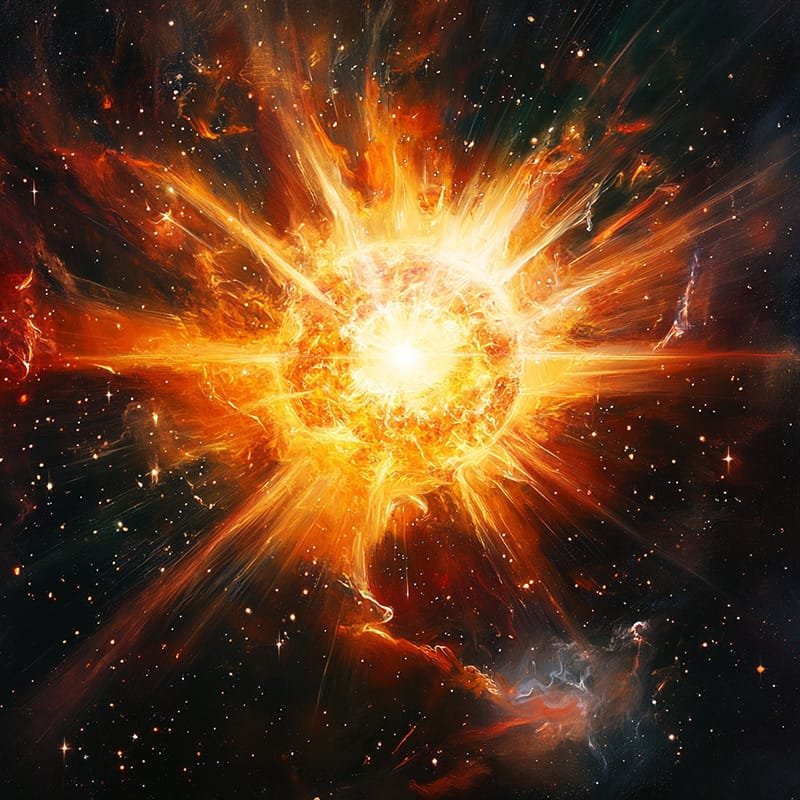
Based on our understanding of these magnitudes, we can analyze several candidates for the title of the brightest known star in the universe.
1. Extremely Luminous Stars: Hypergiants and Supergiants
Hypergiants and supergiants are among the most massive and brightest stars. They possess extremely high luminosity and large sizes. Here are a few examples:
- Rigel (Beta Orionis): A blue supergiant star with an absolute magnitude of -7.1. It is one of the most luminous stars visible from Earth.
- Betelgeuse (Alpha Orionis): This red supergiant has an absolute magnitude of -7.2.
- Deneb (Alpha Cygni): A white supergiant with an absolute magnitude of -7.2, Deneb is also one of the most luminous stars known.
2. Bright Stars from the Top 10 List
In addition to hypergiants, we can look at a list of the top 10 brightest stars based on their absolute magnitudes.
3. Variable Stars at Peak Brightness
Some variable stars can reach extreme levels of brightness:
- Cepheid Variables: These stars can have luminosities ranging from 500 to 300,000 times that of the Sun.
- Supernovae: These cataclysmic events can outshine entire galaxies for a short time, with peak brightness often exceeding -20 magnitudes—about 100 million times brighter than their original state.
4. Recent Discoveries
2024 brought new discoveries in astronomy, including an extremely bright quasar. While quasars are not traditional stars, they are among the brightest objects in the universe and can significantly influence our understanding of brightness.
Analysis and Conclusion
Identifying the single brightest known star in the universe is complex due to several factors:
- Variability: Many bright stars change in brightness over time. For example, supernovae may temporarily outshine entire galaxies but quickly fade away.
- Definition of “Star”: The brightest objects in the universe often include non-traditional stars, like quasars powered by supermassive black holes that can outshine entire galaxies.
- Measurement Uncertainties: Measuring brightness can be challenging with distant and bright objects, particularly at cosmological distances.
- Ongoing Discoveries: Our understanding of the brightest objects continues to evolve as new astronomical discoveries occur.
Wrap-up
For traditional stars, those like Rigel, Betelgeuse, and Deneb—with absolute magnitudes around -7—are likely among the brightest we can directly observe. However, if we include transient events like supernovae, these can achieve much brighter levels temporarily.
If we expand our definition to encompass all luminous objects, recent discoveries such as quasars could hold the title for the brightest known object in the universe.
Limitations and Uncertainties
Several limitations affect our conclusions about brightness:
- Observational Bias: We are limited by our observational capabilities from Earth and current space telescopes. There may be brighter stars beyond our observable universe.
- Time-Variable Nature: The brightness of many luminous objects changes over time, making it difficult to declare a single brightest object consistently.
- Interstellar Extinction: Dust and gas affect measurements of distant stars’ brightness.
- Definition Ambiguity: The term “star” can vary in definition, especially when considering quasars or other astrophysical phenomena.
- Ongoing Research: As scientific discovery continues, our understanding will grow. Future observations may reveal even brighter celestial bodies.
In conclusion, while we can identify extremely bright stars and objects, declaring a single “brightest star in the universe” is complicated by many factors. Ongoing research will refine our understanding of these luminous objects in the cosmos.
